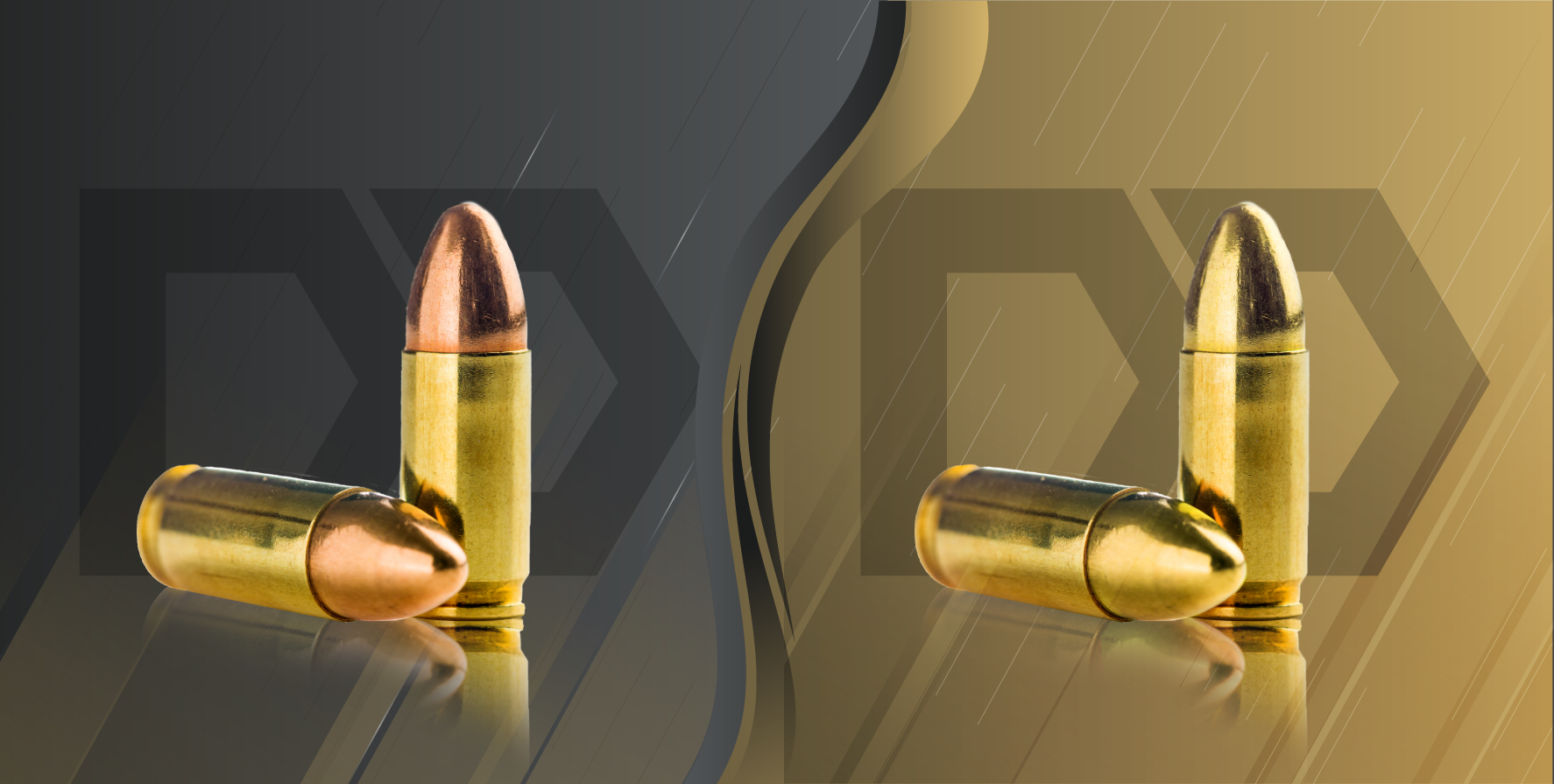The 9mm caliber is widely known for its versatility and effectiveness in firearms, and two common variations are the 9mm NATO 124 grain which is also called 9mm Luger and 9mm Parabellum cartridges. In this detailed article, we will explore the origins, pressure levels, performance, compatibility, availability, cost, and practical considerations of these cartridges. Additionally, we will delve into the history of the Luger pistol and discuss the importance of NATO-certified manufacturing facilities in ensuring the quality and reliability of 9mm NATO ammunition.
Origins and Standardization of 9mm
The 9mm Parabellum cartridge, often referred to as the 9mm Luger or 9x19mm, traces its origins back to the early 20th century. Designed by Georg Luger, the 9mm Parabellum gained widespread popularity and became a commercial success due to its reliability and performance. The Luger pistol, for which the cartridge was developed, played a significant role in its adoption. On the other hand, the 9mm NATO ammunition was specifically developed to meet the requirements of NATO member countries. It was standardized to ensure interoperability and compatibility among different military firearms.
9mm Pressure Levels and Performance
One of the key differences between the 9mm NATO 124 grain and 9mm Parabellum cartridges is the pressure levels they are loaded to. The 9mm NATO ammunition is typically loaded to higher pressures than the standard 9mm Parabellum. This higher pressure contributes to increased muzzle velocity, energy transfer, and terminal performance. The 9mm NATO cartridge offers enhanced stopping power, making it suitable for military and law enforcement applications where maximum effectiveness is crucial. However, the higher pressure results in slightly more felt recoil compared to the 9mm Parabellum, which can impact shooter comfort and follow-up shot accuracy.
NATO-Certified Manufacturing Facilities
NATO-certified manufacturing facilities are instrumental in ensuring the quality, consistency, and reliability of 9mm NATO ammunition. These facilities adhere to strict manufacturing standards set by NATO, which encompass aspects such as cartridge dimensions, propellant composition, primer sensitivity, and overall quality control. The certification process involves rigorous testing, inspections, and audits to ensure that the ammunition produced meets the stringent requirements.
NATO certification provides confidence to military organizations, law enforcement agencies, and civilian consumers that the 9mm NATO ammunition they procure is manufactured to the highest standards. It guarantees consistency in performance, compatibility, and interchangeability across different firearms and platforms. Additionally, NATO certification enables standardized logistics and simplifies ammunition supply chains, as NATO member countries can rely on each other’s certified facilities for production and procurement.
The 9mm NATO 124 grain and 9mm Parabellum cartridges have distinct origins, pressure levels, and purposes. Understanding their differences and the importance of NATO-certified manufacturing facilities ensures reliable and quality ammunition for military, law enforcement, and civilian applications.




